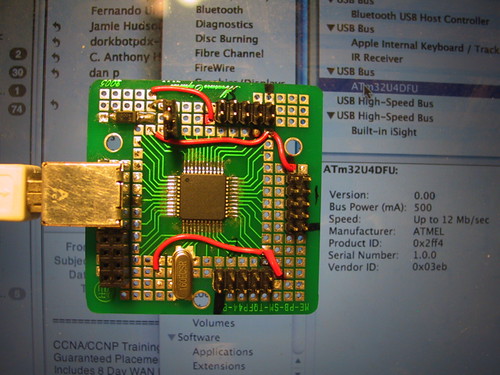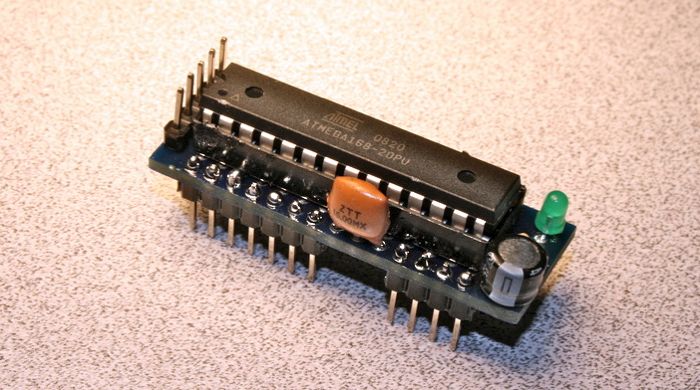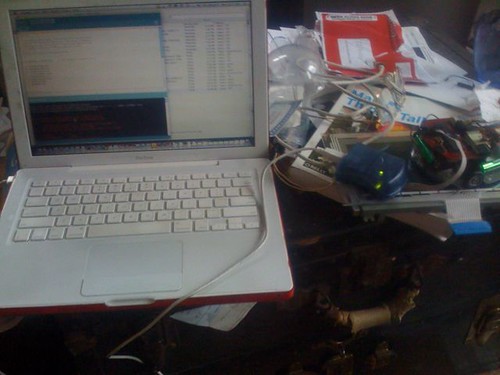I recently fixed some issues with the benito arduino programmer and upgraded it to the latest version of the LUFA library. I hadnt noticed that there was a miss match between the .inf and the library supplied descriptors. My appoligies to the two xp users. As this is the only batch with this issue I will reprogram the boards that I currently have. In the mean time this can be fixed by changing the following line in the current driver file from:
[ManufName]
%Modem3% = Modem3, USBVID_03EB&PID_204B
To:
[ManufName]
%Modem3% = Modem3, USBVID_03EB&PID_2044




